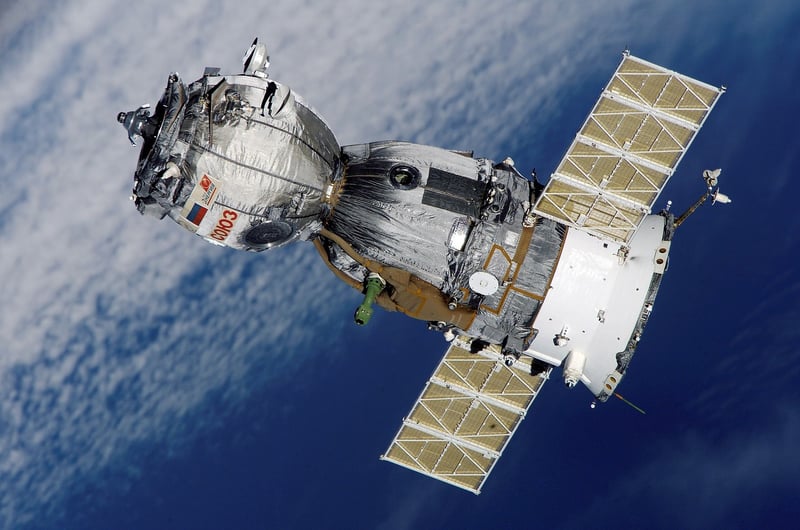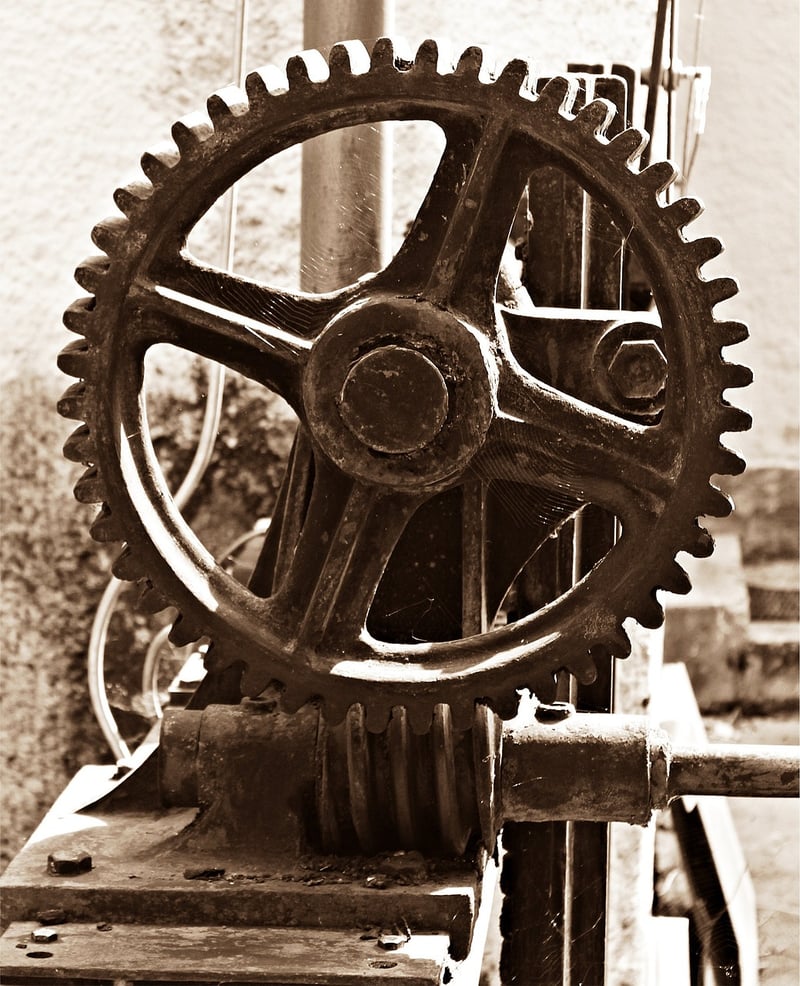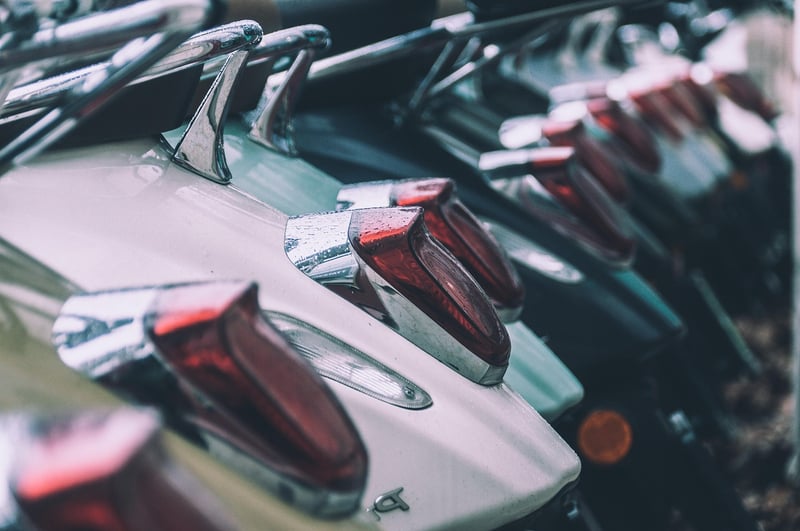Machine Design
Mechanisms for Time Travel and Machine Design
Introduction
Time travel has long captured the imagination of humanity, inspiring countless works of fiction and scientific exploration. While time travel remains a theoretical concept, various mechanisms have been proposed to explain how it could potentially be achieved. This article delves into some of the proposed mechanisms for time travel and the design considerations for a time machine.
1. Wormholes
One of the most popular theoretical methods for time travel involves the use of wormholes. Wormholes are hypothetical tunnels that connect two separate points in spacetime, potentially allowing for shortcuts through the fabric of the universe. By manipulating the properties of a wormhole, it might be possible to create a bridge between different points in time.

2. Time Dilation
According to Einstein's theory of relativity, time is not constant but can be influenced by gravity and speed. Time dilation occurs when an object is moving at speeds close to the speed of light or in strong gravitational fields, causing time to pass differently for the moving object compared to a stationary observer. Utilizing time dilation effects could potentially enable time travel to the past or future.

3. Quantum Entanglement
Quantum entanglement is a phenomenon where two particles become connected in such a way that the state of one particle instantly influences the state of the other, regardless of the distance between them. Some theories suggest that manipulating quantum entanglement could lead to communication across time, potentially enabling time travel through information transfer.

Machine Design Considerations
- Power Source: A time machine would require an immense amount of energy to manipulate spacetime. Designing a reliable and efficient power source is crucial.
- Control Mechanisms: Precise control systems would be needed to navigate through spacetime and ensure accurate time travel.
- Safety Protocols: Time travel poses significant risks, including paradoxes and unintended consequences. Incorporating safety protocols is essential in machine design.
- Temporal Navigation: A user-friendly interface for setting destinations and navigating through time would enhance the usability of the time machine.
Conclusion
While time travel remains a fascinating concept that continues to fuel scientific inquiry and creative endeavors, the mechanisms for achieving it are still largely theoretical. By exploring ideas such as wormholes, time dilation, and quantum entanglement, we push the boundaries of our understanding of the universe. Designing a functional time machine would require a deep understanding of physics, engineering, and a touch of imagination.
